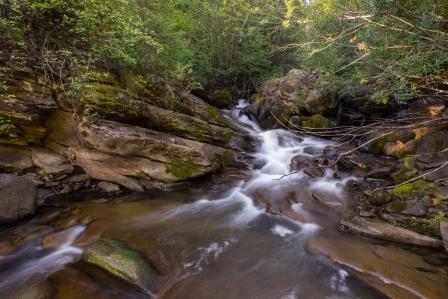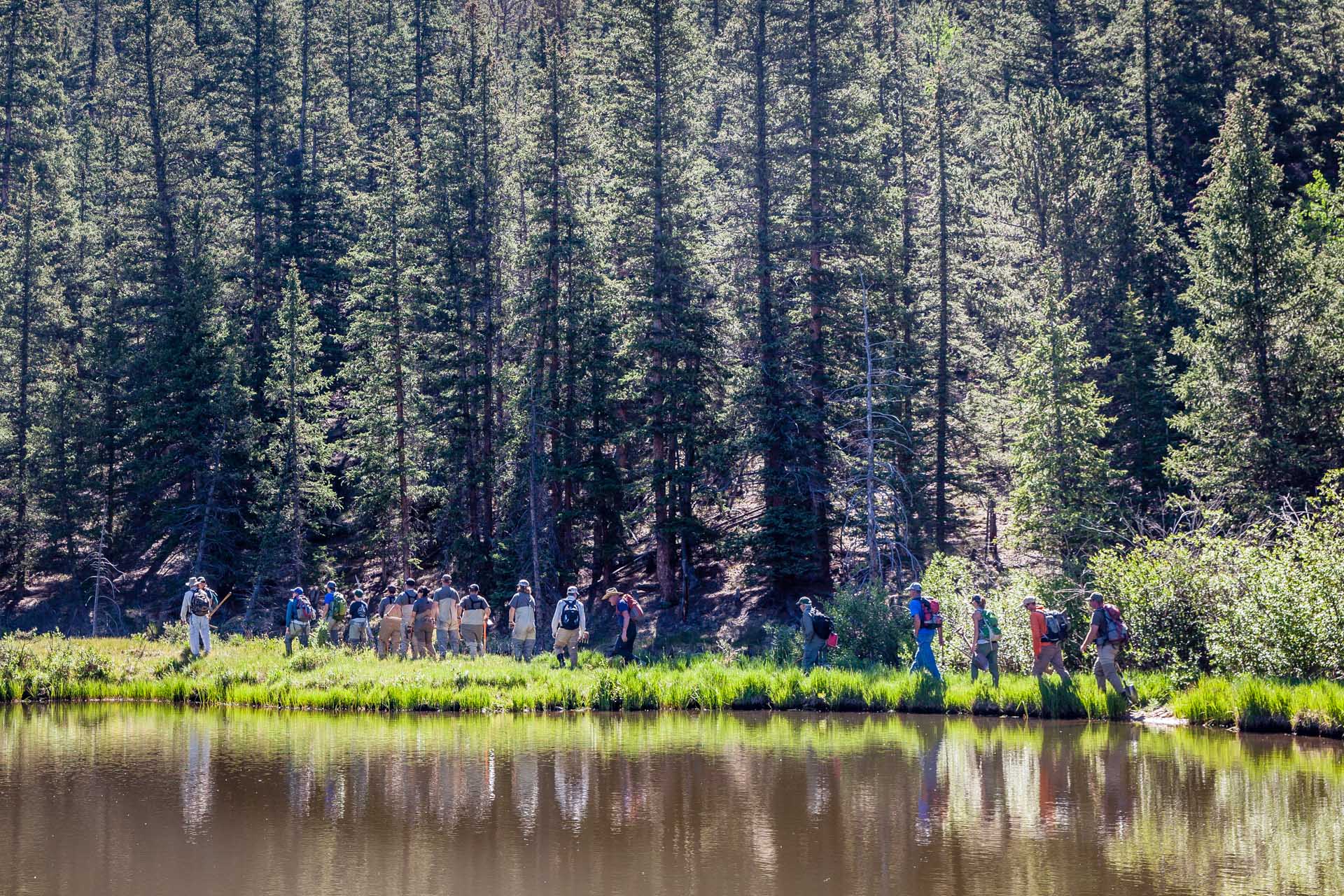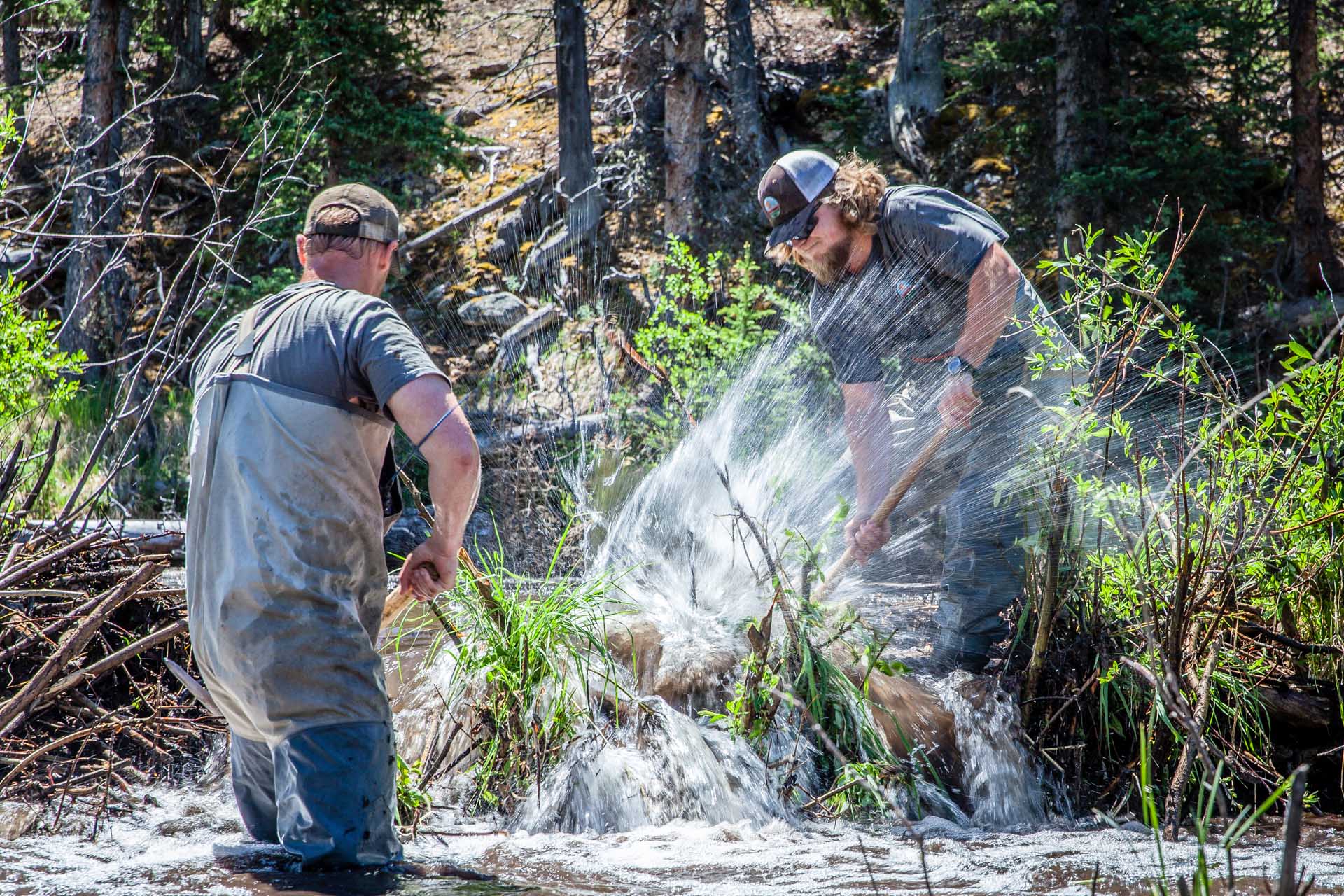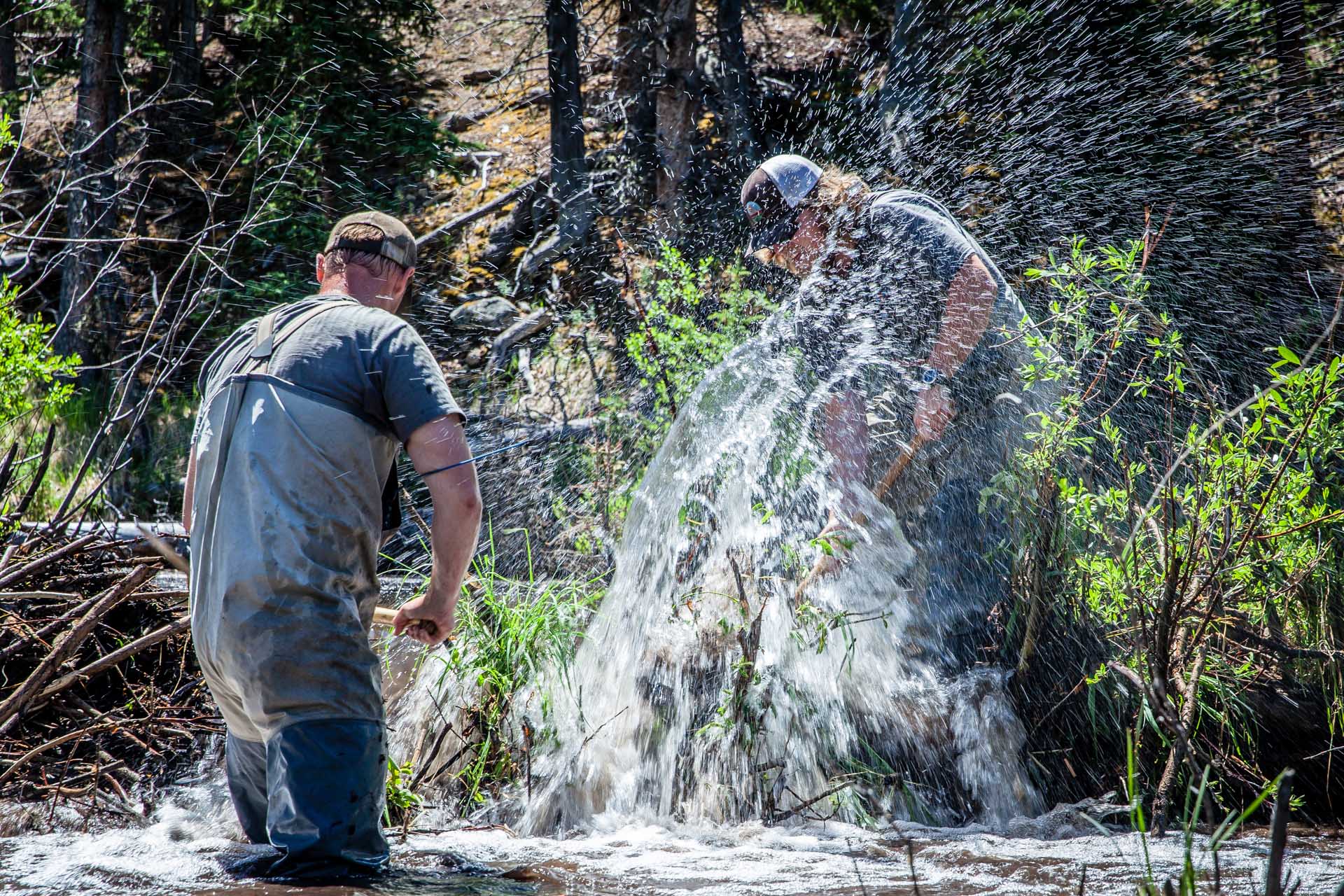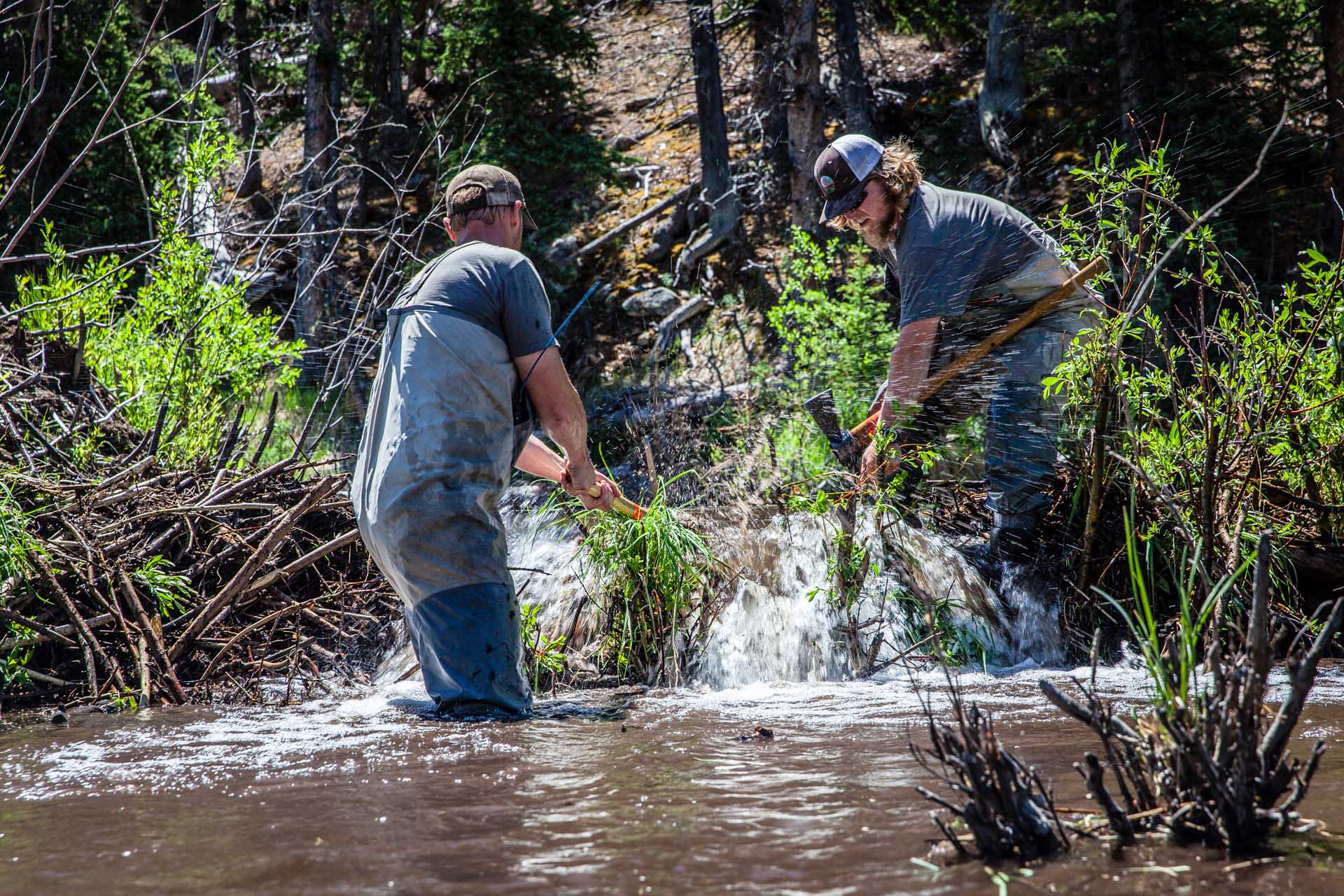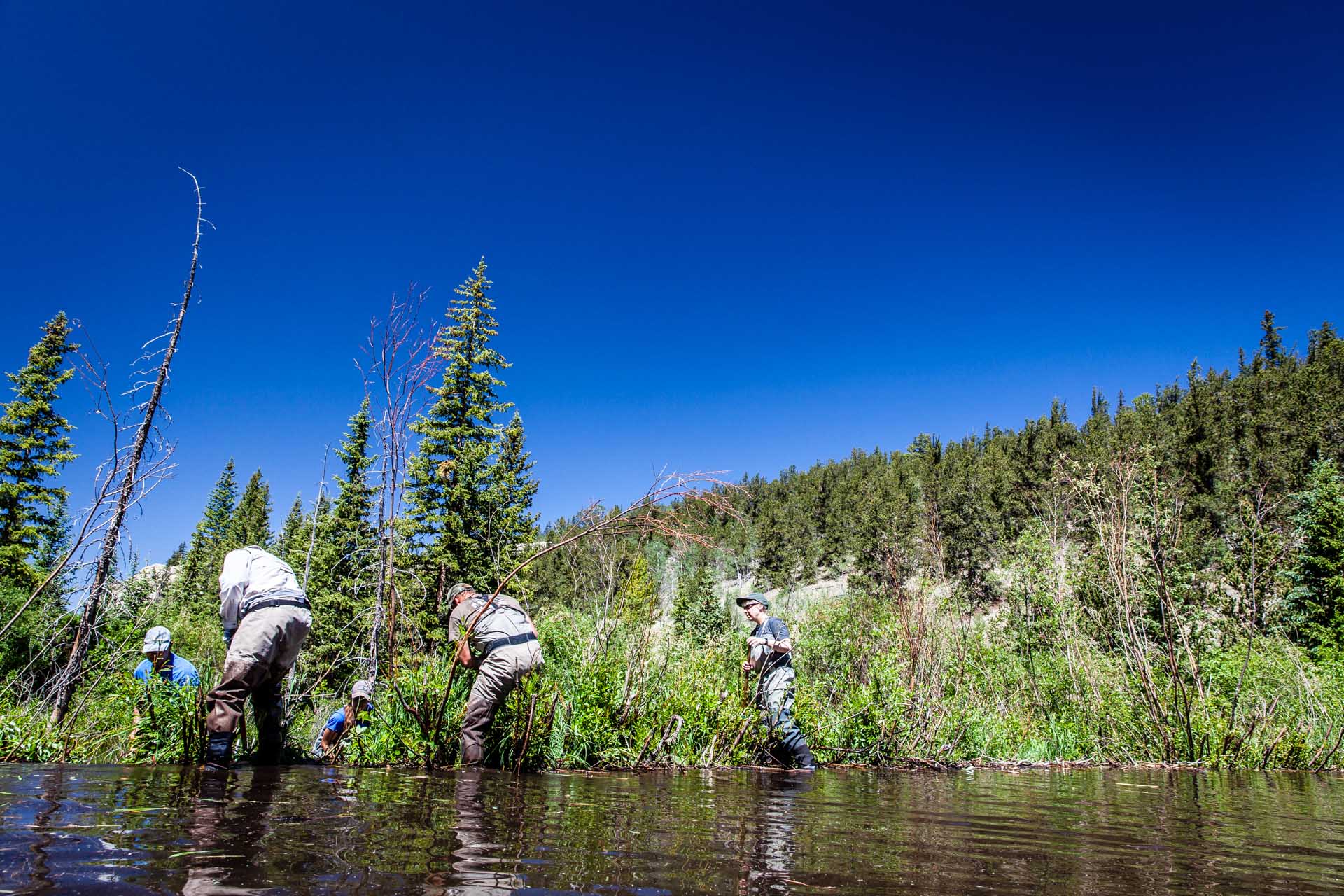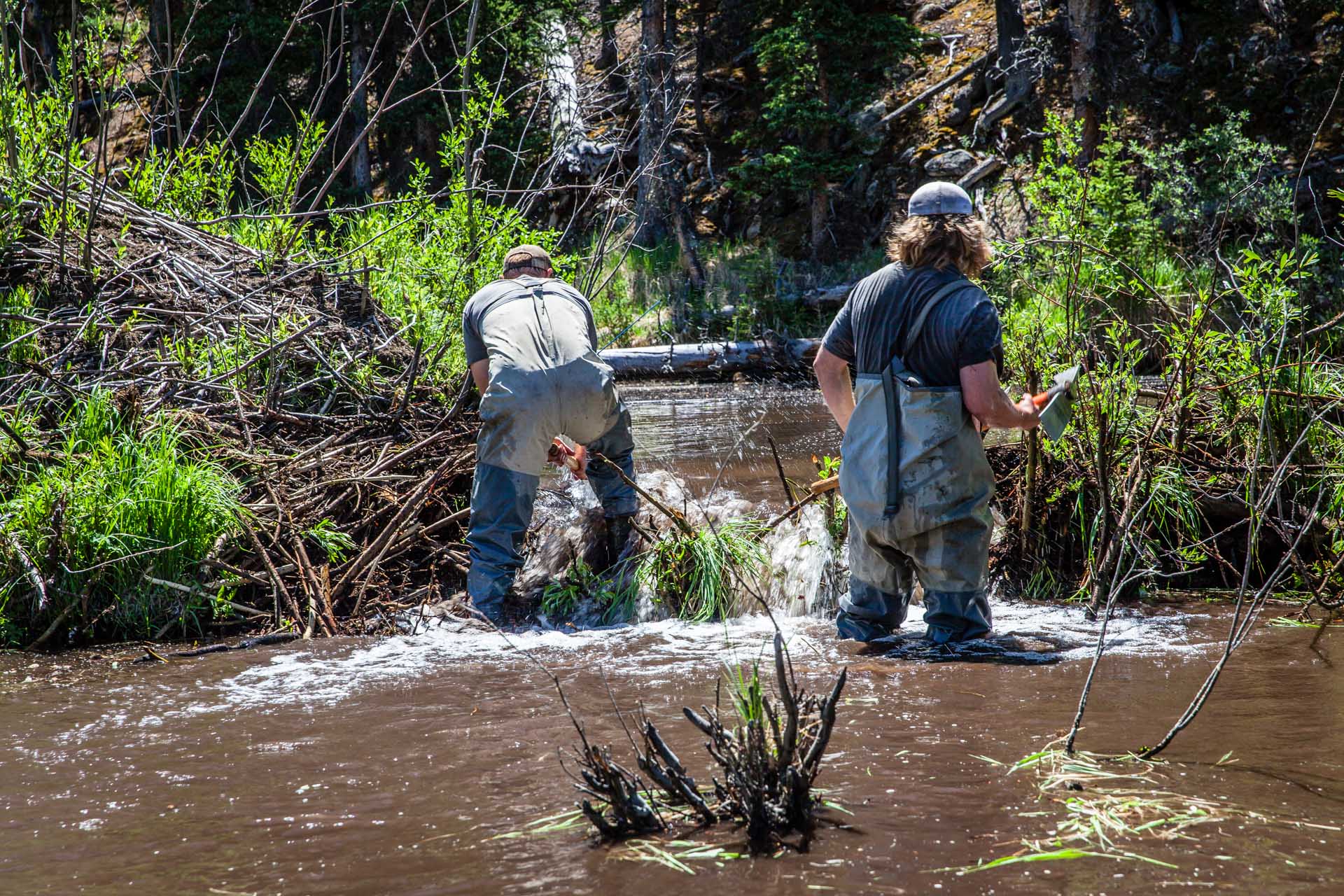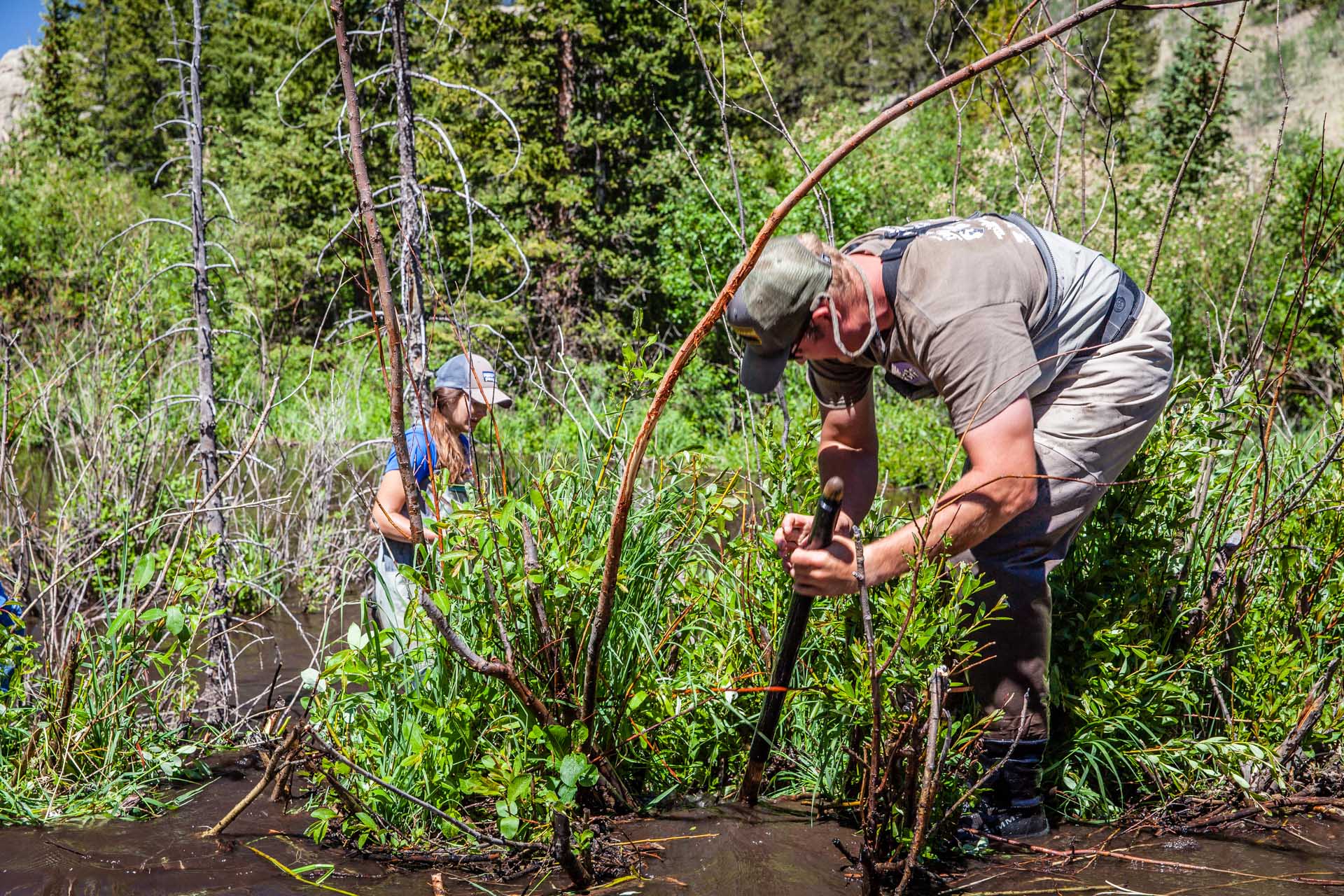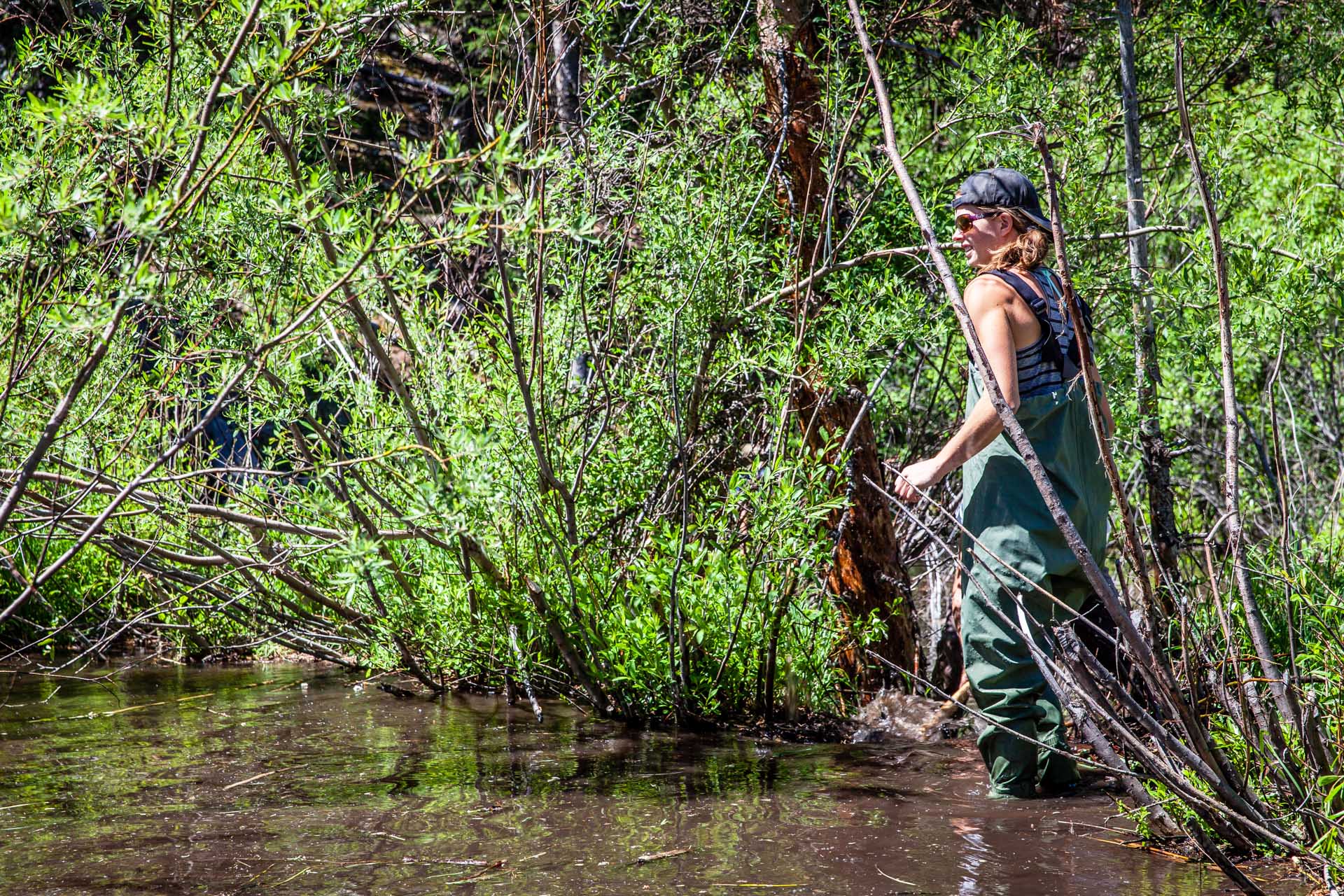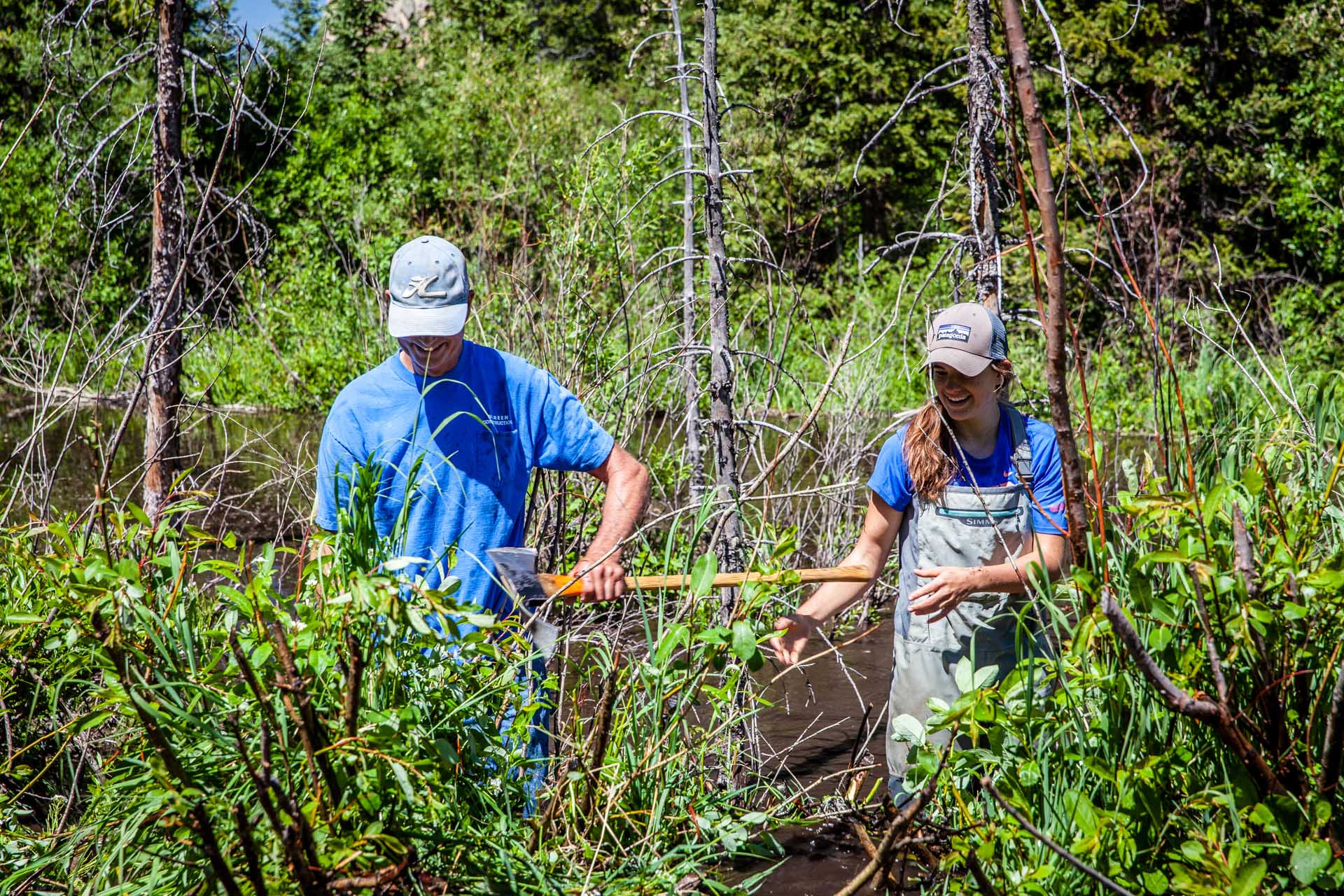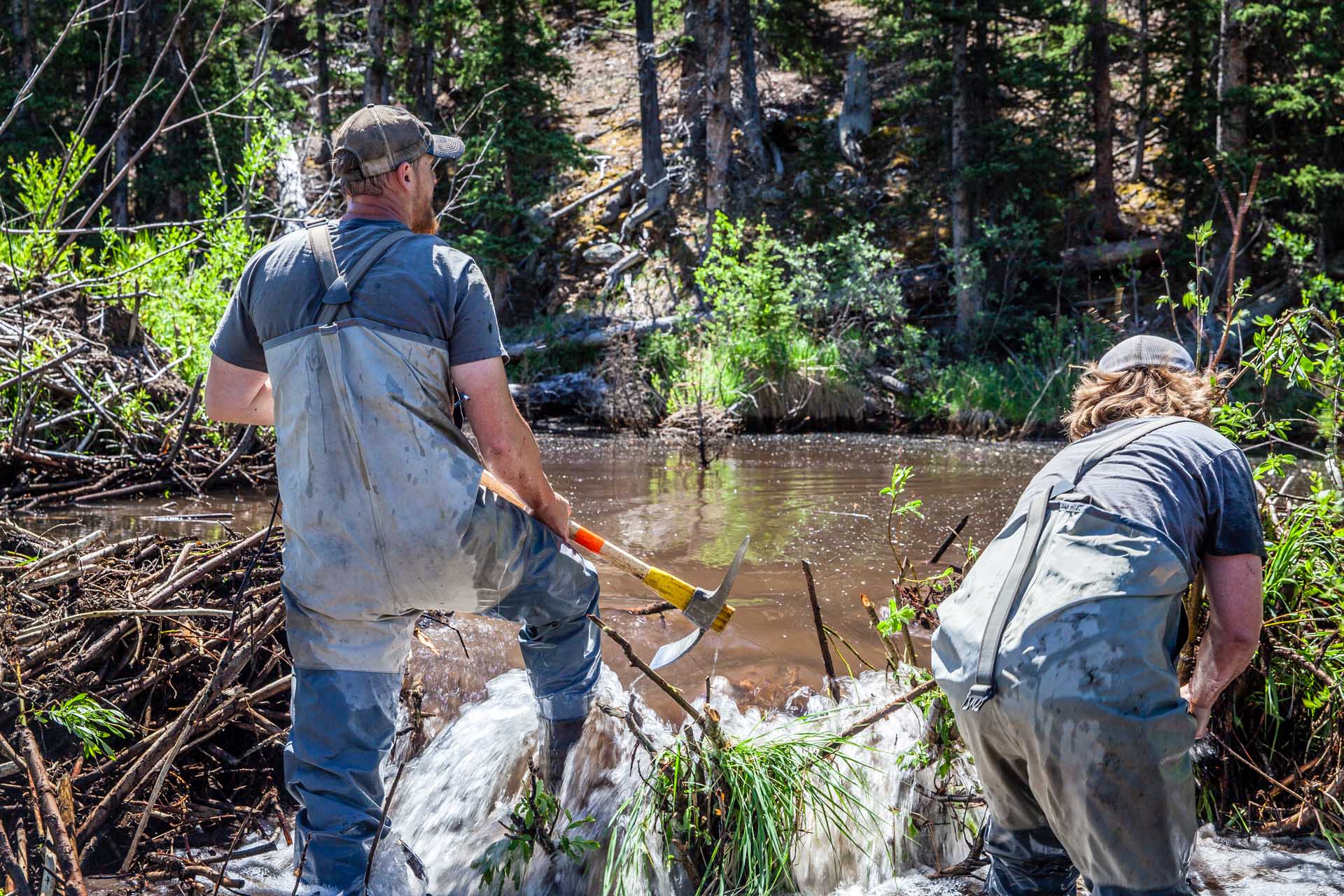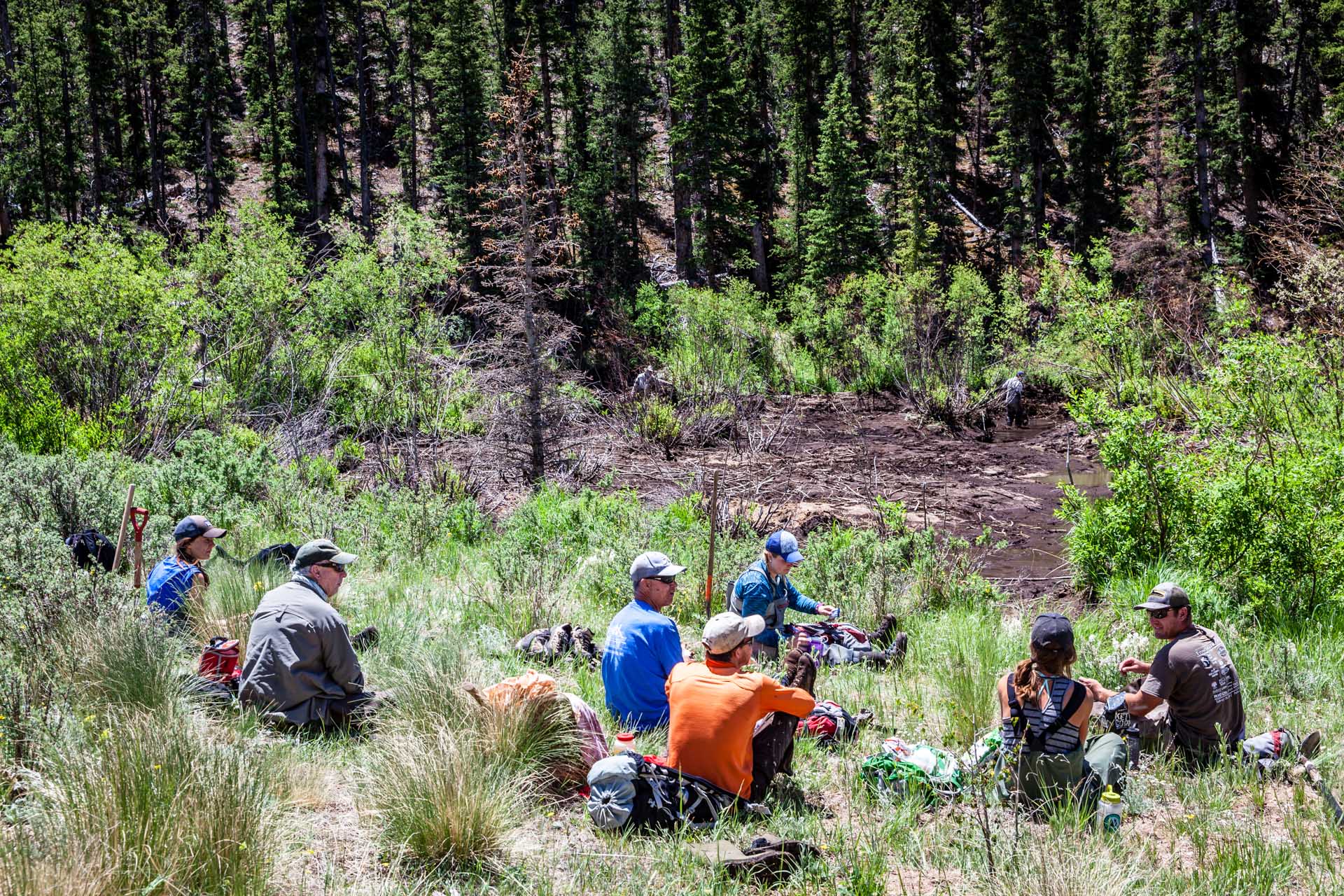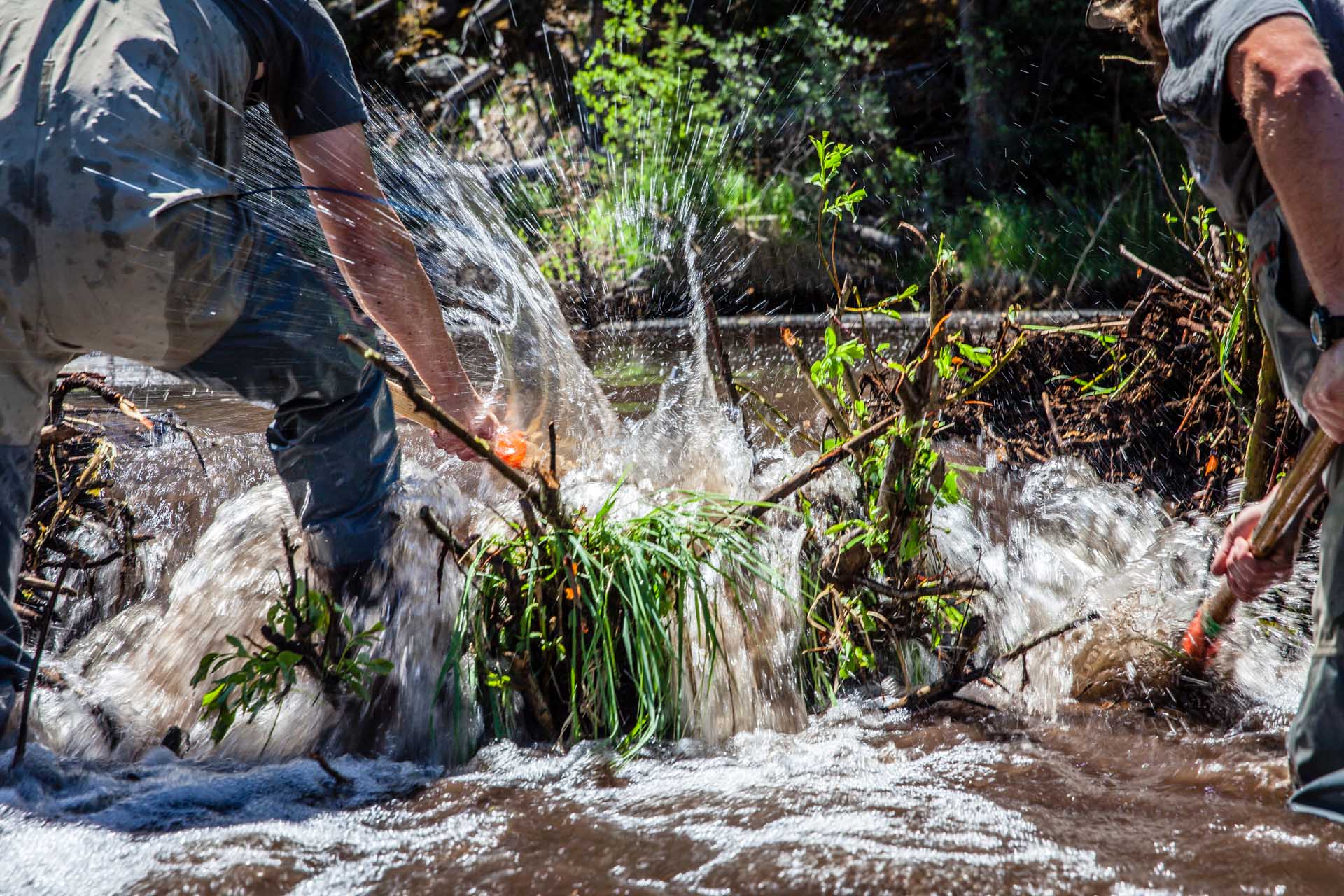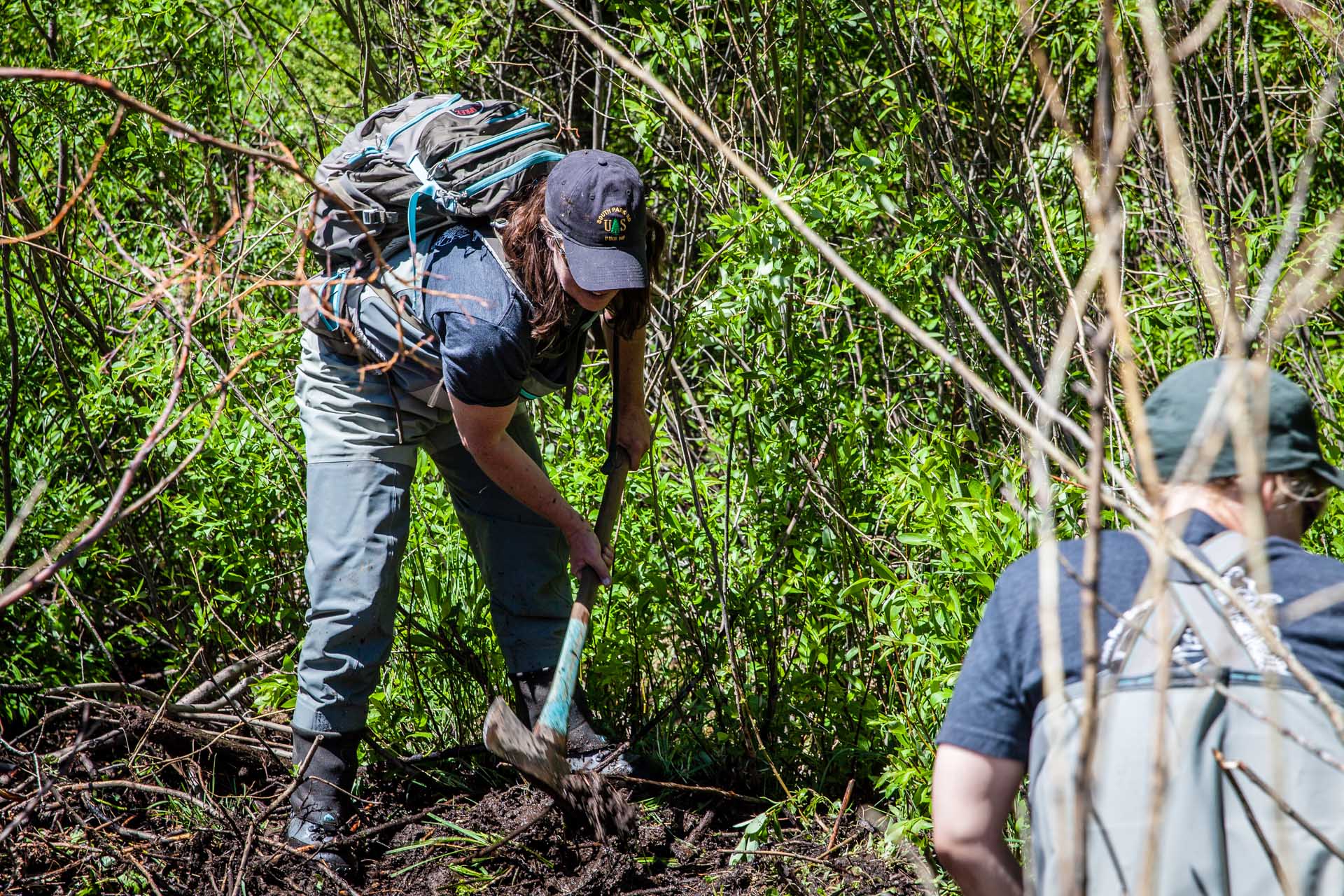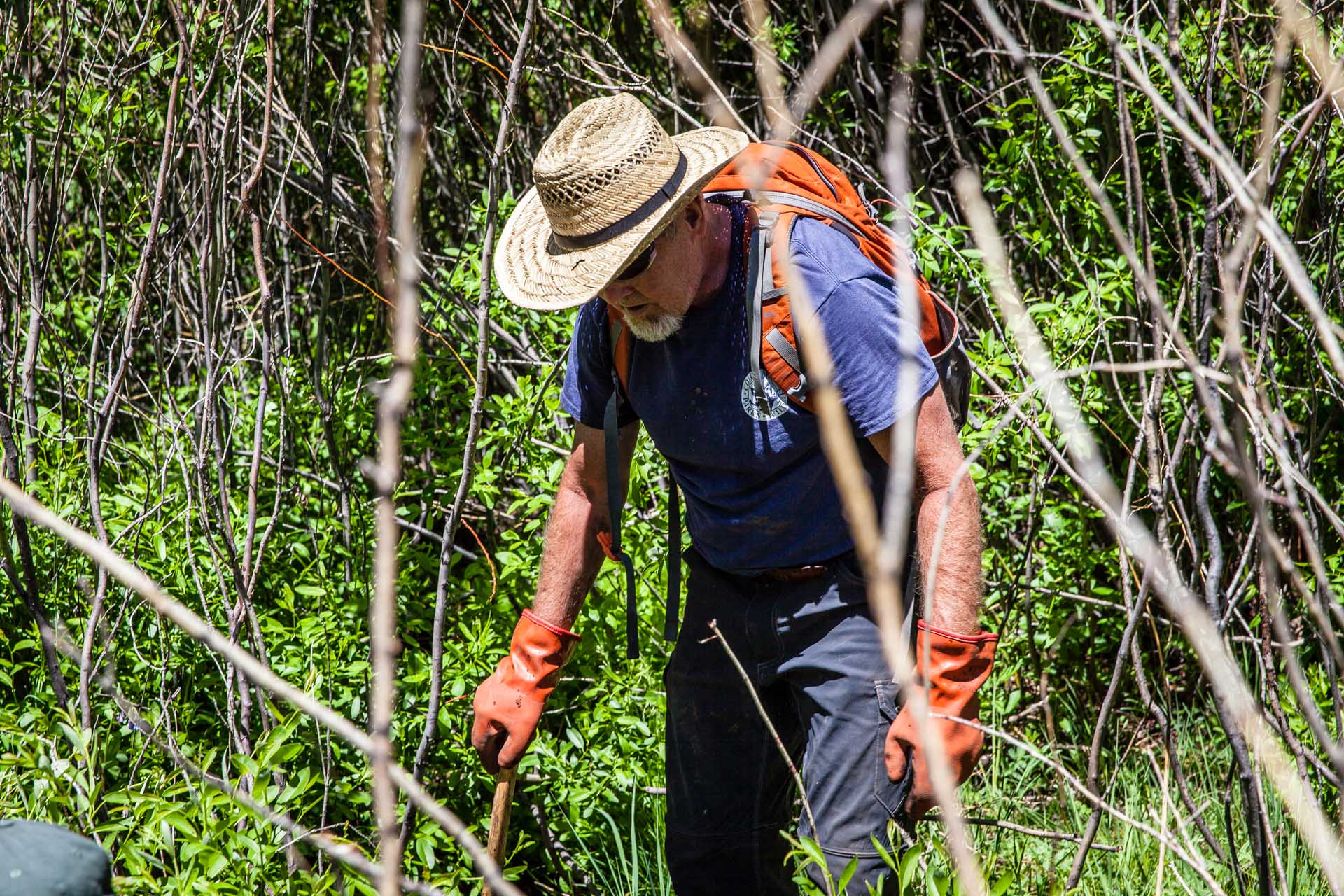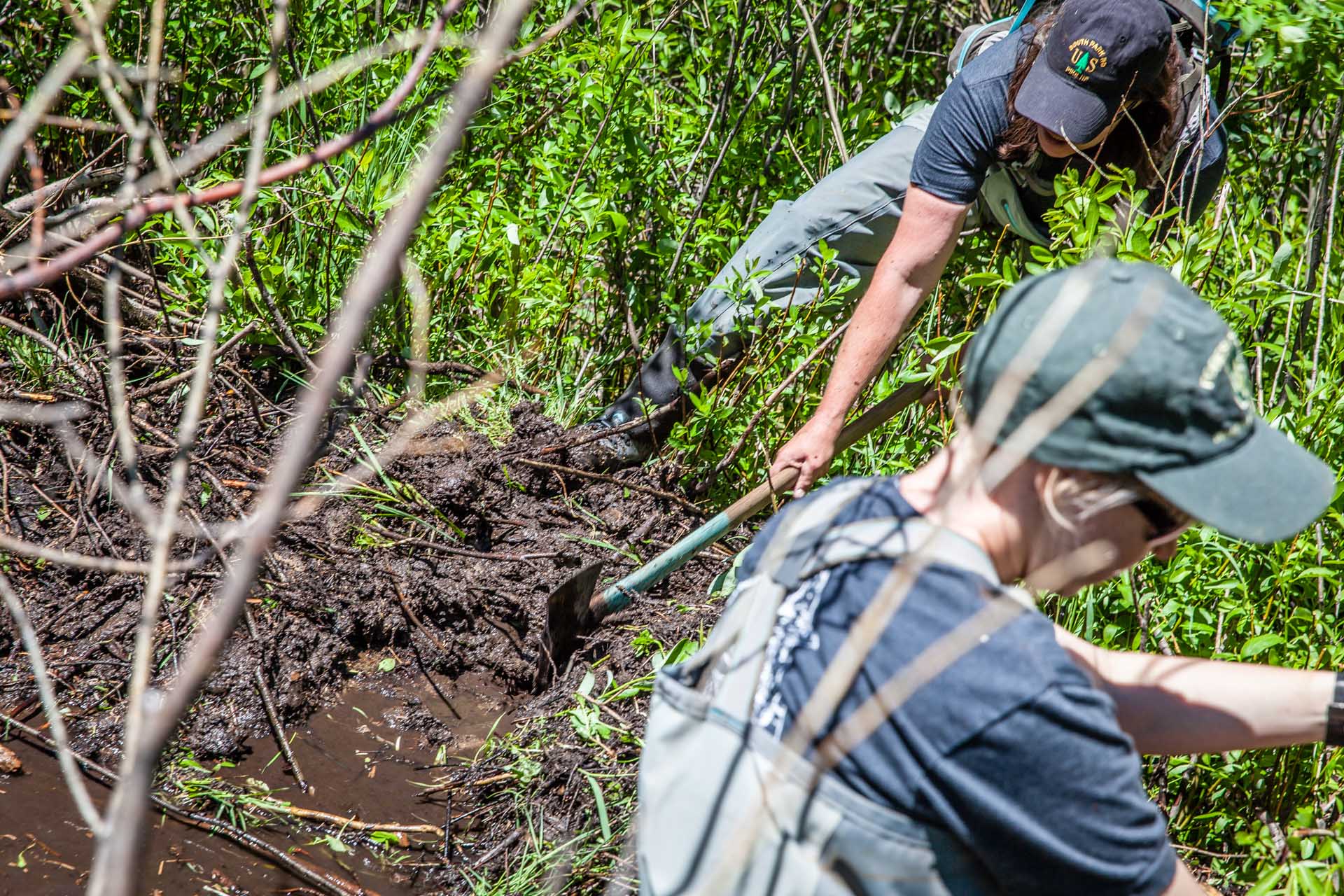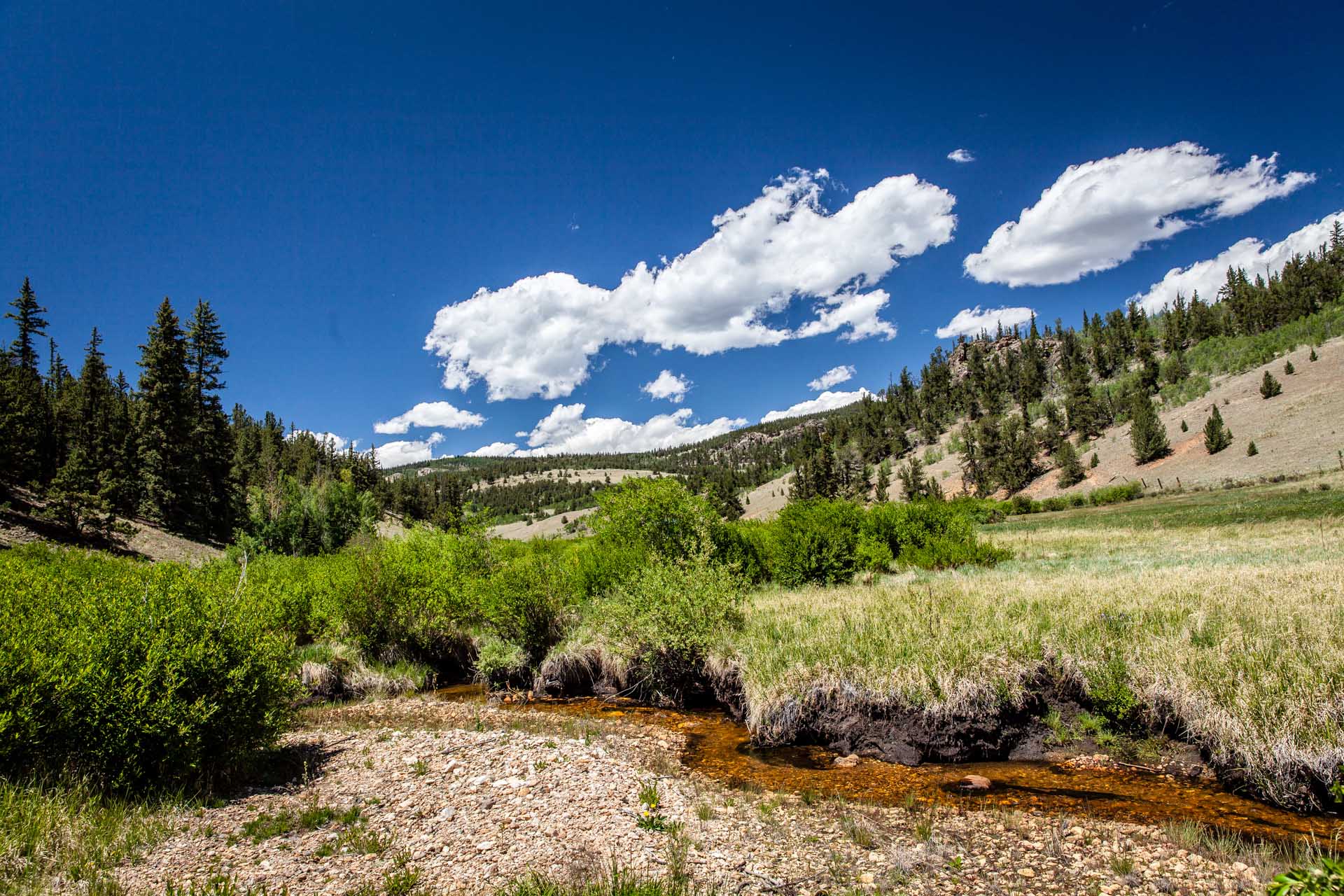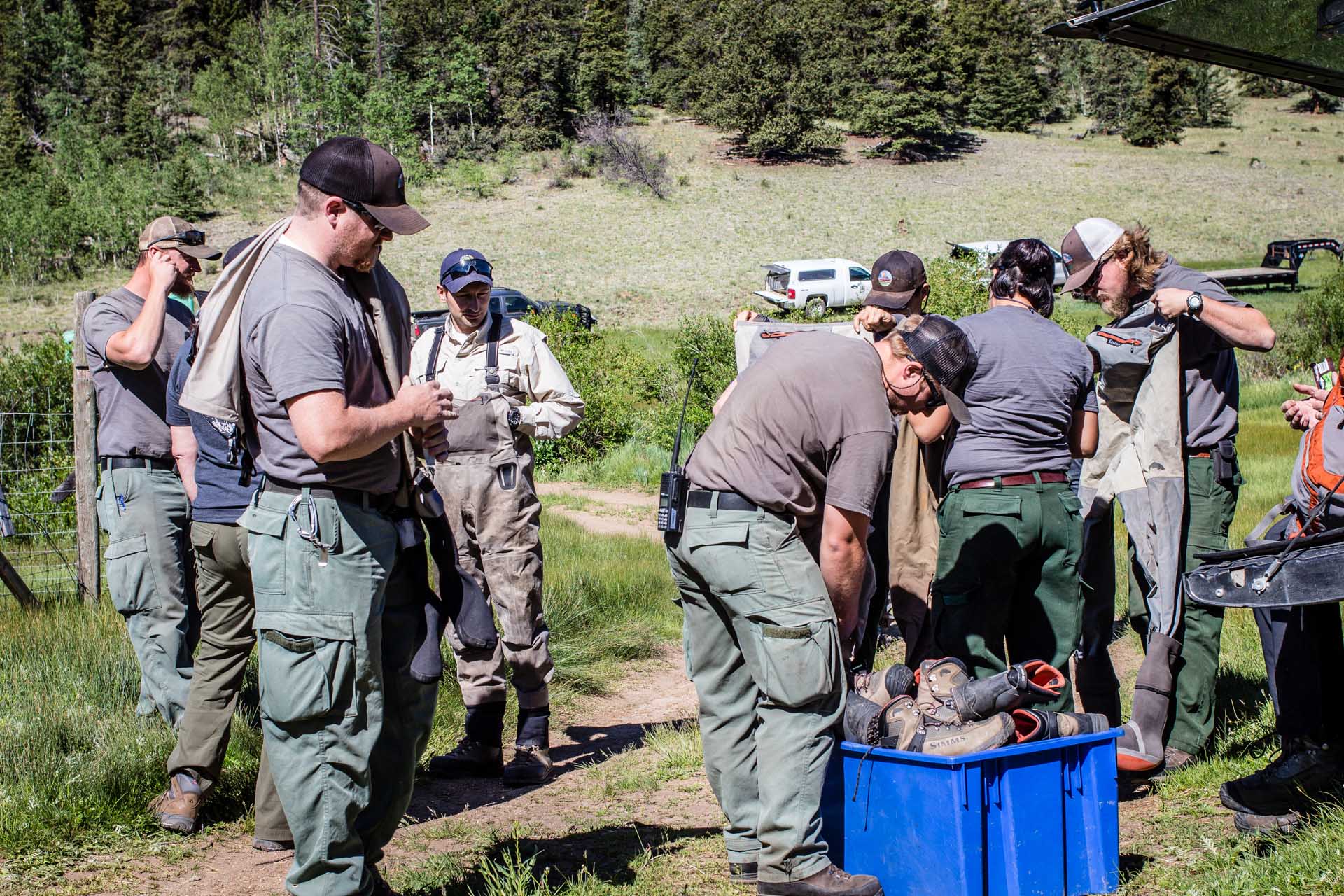Image Courtesy of: http://www.fryingpananglers.com
It is said that the Western Green Drake (Drunella grandis) hatch in Colorado can provide some world class angling. It just so happens that Colorado's Roaring Fork and Frying Pan are where you can experience some of the longest periods for the hatch in the country. Fish of all sizes move out from the deeper water to rise up and snag this large mayfly. But what makes this hatch so sought after by flyfishers? It's all about the insect. Trout seem to be drawn to it, no matter what the stage: nymph, emerger, dun, or spinner. The most common stages to catch a higher number of fish occurs in either the emergence stage, the spinner stage, or fishing crippled dun patterns. Some say that the most exciting part about the drake hatch is how fast and explosive it is, as most flyfishers tap out too early.
QUICK FACTS ON THE HATCH
- Insects: Western Green Drake
- Color: Dark Olive
- Dates: Jun 1 – Aug 1
- Emergence: Cloudy, 1-4 pm
- Size: 8-12
- Spinner Fall: Evening
"[The hatch] process usually takes about a day, beginning in the late morning or early afternoon and ending throughout the evening and early the next morning. In order to be fully prepared for the green drake hatch, anglers should have an arsenal of patterns that covers the entire hatch process and includes green drake nymphs, emergers, cripples, duns, and spinners. " Read More on Vail Valley Anglers blog.
UPDATE FROM FLYFISHEROUTFITTERS.NET
7/1/2018– Spring on the pan can create some great memories. excellent conditions right now. Look for some good dry fly action on the lower river in the afternoons. The Green Drakes and PMD’s are hatching!









